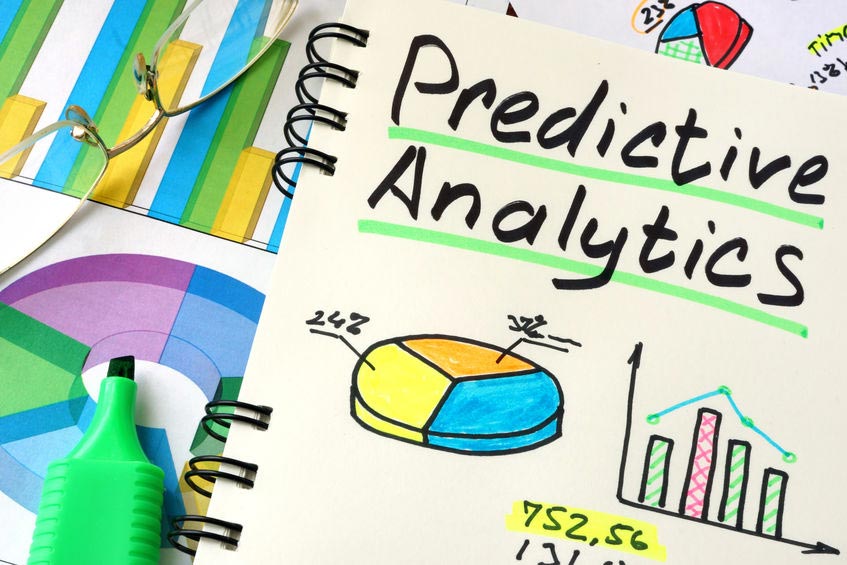There is a human tendency to think in generalizations; those types of people, children, senior citizens, men, women, dogs, cats and so forth. Within any group there is a great deal of variance. We often talk about employees as a single entity when we know well that there is no such thing as AN employee. The employee group, whether it is one hundred or one hundred thousand, consists of all types of people, each of whom has a unique set of needs, viewpoints, motivations and beliefs.
Descriptive Analytics. Descriptive analysis helps us drill down into this workforce to uncover or segregate subgroups around a given set of characteristics. While it is impossible to treat each employee as an individual we can, as a practical matter, at least find characteristics of groups by age, sex, tenure, level, skill sets or even ambitions. Just as marketing conducts customer segmentation to make its programs more effective, we can gather data on employees by type. This helps us improve the return on investment (ROI) in employee services.
In a sense descriptive analytics is like bookkeeping or even simple accounting. It “describes” a field of information. But it does not predict anything. Accounting tells management how much money was spent and how much revenue was obtained, hence the ROI of the operation. But it too does not predict what the ROI will be in the next quarter or next year. It simply details the recent past. To make decisions about effective future investments we have to move to predictive analytics.
Predictive Analytics. Predictive analysis relates what we know about the current state to what we want to know about the future. It is somewhat similar to business forecasting. The one thing we can be certain about with forecasting and predictive analytics is that neither are even 100 percent correct. Nevertheless, it is better to be almost correct than to guess.
Predictive analysis gives meaning to observable patterns. There are obvious values in this. First, it reduces the risk in decision making. Some behaviors are inherently highly predictive. Years of perfect past attendance probably predicts near-perfect future attendance. On the other hand complex behaviors such as leadership, engagement and retention are not nearly as clear or predictable. Yet, predictive analysis expresses the future in terms of probabilities. It reduces variability.
Modeling is an example of a predictive application. When we build a validated model based on traits, skills or experiences we increase the probability of selecting the right people to hire or train. We can construct a potential path, if you will, that suggests the order in which certain people should receive certain support. Where do we go to recruit the people who will most likely stay with the organization and be successful? Where do we spend our initial training and development money to accelerate leadership skills? One size does not fit all and every employee should not receive the same development opportunities. All people should be offered the resources they need to reach their career goals and each one will be different.


Recent Comments